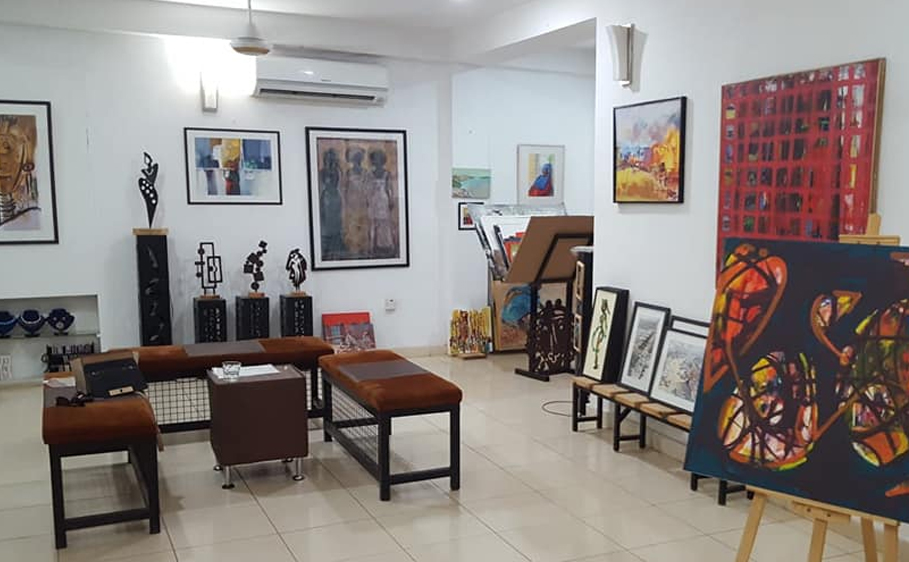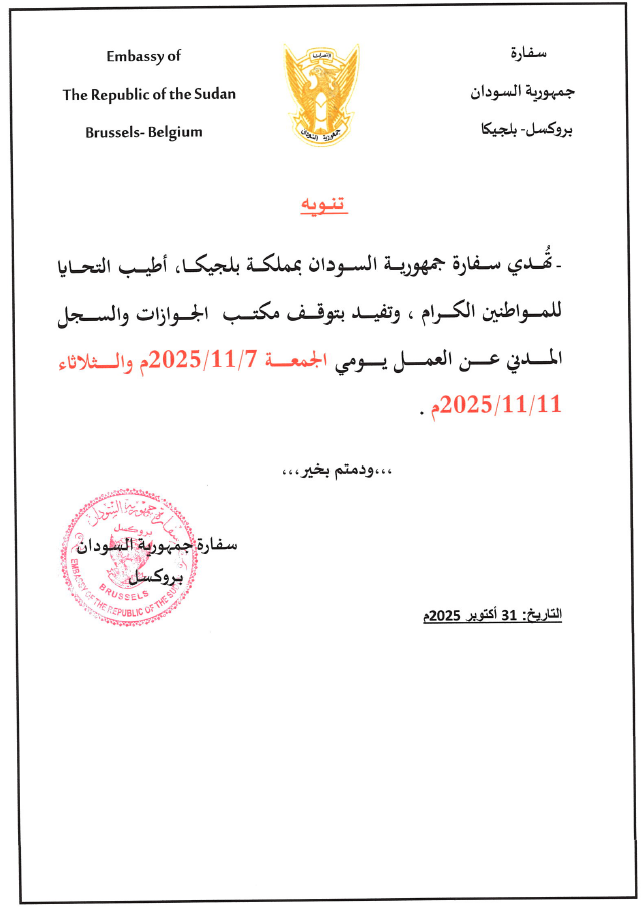1.The Red Sea Coast: Sanganeb Marine National Park and Dungonab Bay - Mukkawar Island Marine National Park
The two sites have been added to the UNESCO's World Heritage List in 2016. The Sites consist of: Sanganeb which is an isolated coral reef structure in the central Red Sea. The second component of the Sites is Dungonab Bay and Mukkawar Island, situated 125 km north of Port Sudan. The Site includes diverse system of coral reefs, mangroves, seagrass beds, beaches and islets, it also provides a habitat for populations of seabirds, marine mammals, fish, sharks, turtles and manta rays.

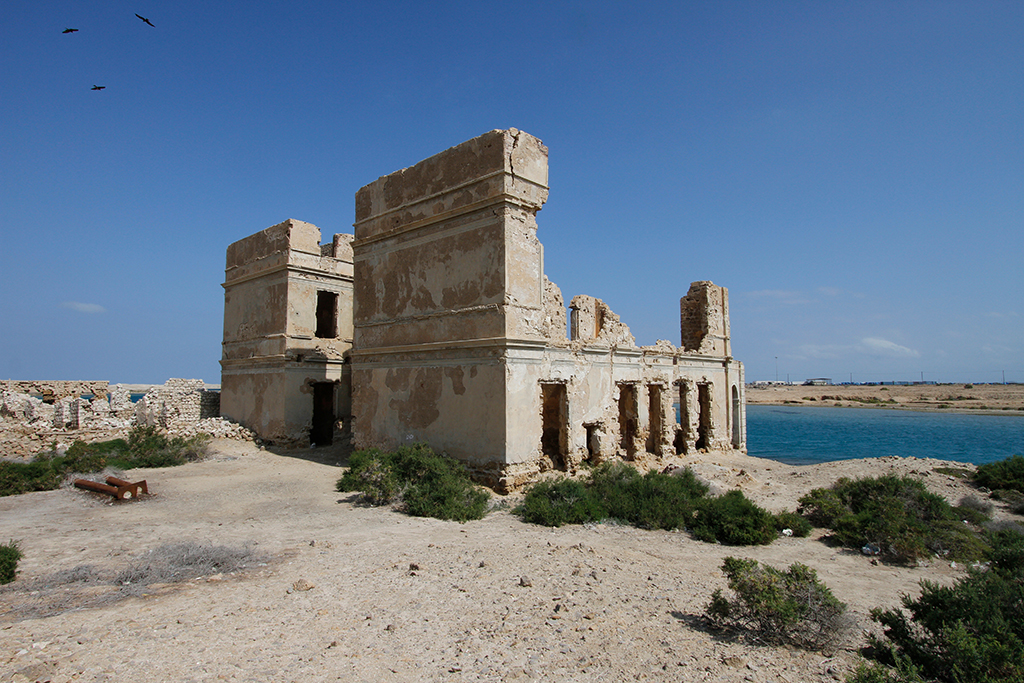
2. Sawakin
It lies on West coast of the Read Sea and has great antiquities representing the height of the Medieval constructions. The Island stands as an exceptional testimony of an important and great era of Sudan's history. The Island is also of paramount geostrategic importance.
Sudan is considered one of the few countries which enjoy a variety of tourism resources. These resources are represented in the Red Sea Coast which extends for more than 700 kilometres and is characterized by many tourist attractions, including diving and under-water photography, besides boat-rowing and skiing. The Red Sea Coast enjoys many gulfs and coral reefs as the area is free from pollution which plagues many seas and tourist areas in the world.
3. Gebel Barkal and the Sites of the Napatan Region
These Sites have been added to the UNESCO's World Heritage List in 2023 and consist of five archaeological sites (Al-Nag'a Al-Musawarat, Karima, Al-Berkal, Merowie) in the Nile valley and stand as a magnificent testimony of the Napatan (900 to 270 BC) and Meroitic (270 BC to 350 AD) civilization, of the second kingdom of Kush. The Sites attract tourists from inside and outside the country, notably experts and researchers in this field.


4. Jebel Marra
Jebel Marra lies in western Sudan, one of the most distinct places in Darfur region. It stretches for several hundred miles from the small town of Kas in the South up to the outskirts of Al FASHER in the North, covering an area of almost 12800 square kilometres. Jabal Marra is 10,000 ft above sea level, the second highest in the country. It consists of a range of mountains 240 km long and 80 km wide, with waterfalls, volcanic lakes in an outstanding scenic beauty. The climate of the mountain is mild and of Mediterranean nature, where it rains almost the whole year round and that allows for the growth of abundant vegetation of citrus, apples and clusters of dense forest trees. Jebel Marra's heavy rainfall and numerous gorges supply vast arable lands with a continuous flow of water turning it into ideal soil for the cultivation of sorghum, millet, vegetables and a wide variety of orchard trees.
5. Sudan National Museum
Built in 1965, this museum lies on the Nile Avenue in Khartoum overlooking the confluence of the White Nile and the Blue Nile at Al-Mugran area. Visitors can expect to find the relics of the various civilizations of Sudan, from the First Stone Age to the era of "Al Saltana Al-Zarqa" or the "black sultanate." The museum reconstructed temples and relics that had been saved from the flooding of the High Dam. These temples were placed at the yard of the museum and an artificial lake was dug to symbolize the original site of the temples.
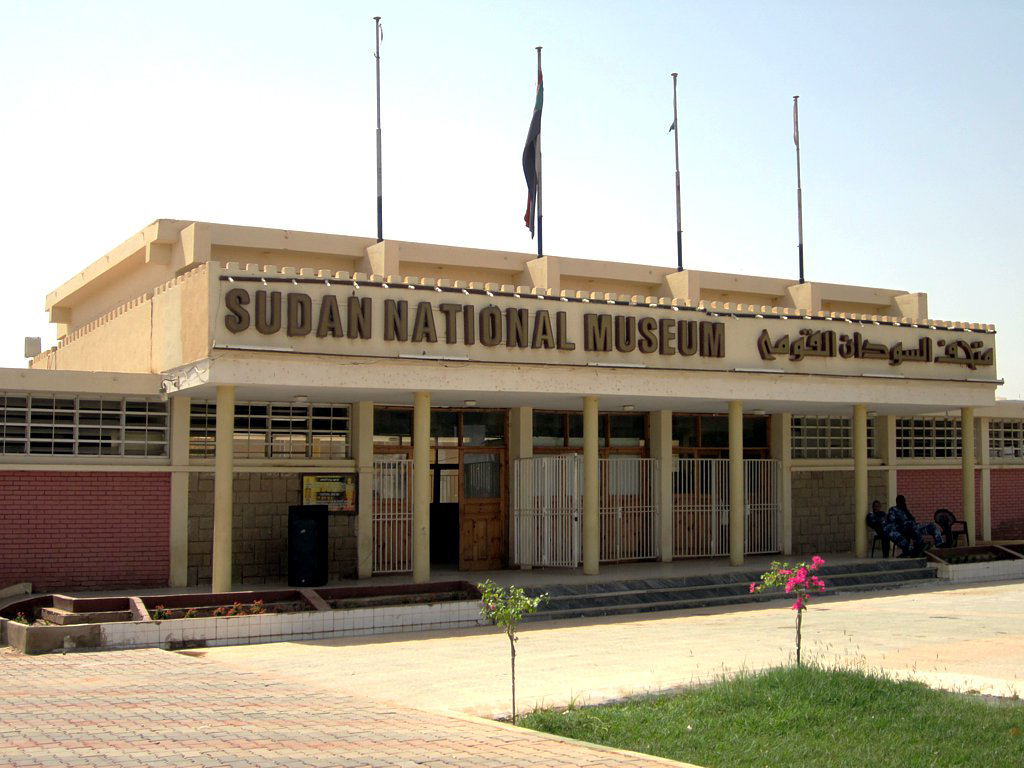

6. The Ethnography Museum
This museum is located on Al-Gama'a Street in Khartoum. The museum was opened in December 1956 and demonstrates a vivid live history of the various Sudanese tribes and their customs and traditions.
7.Al-Khalifa House Museum
This museum is located in Omdurman near Al-Mahdi's Tomb. It derived its name from Khalifa Abdellah Al-Ta'aishi, the successor of Imam Mohamed Ahmed Al-Mahdi, who was officially residing at the very same place. This museum was established in 1928 and contains relics from the Mahdist period, and also relics from the times of Sultan Ali Dinar and Gordon Pasha, when he was governor of Sudan.
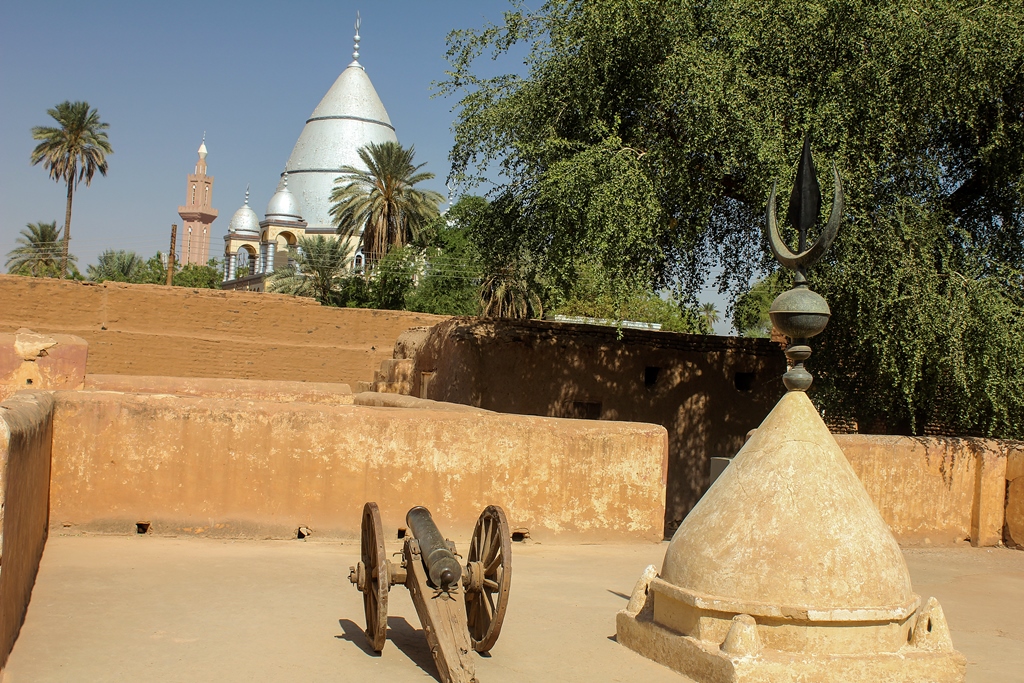
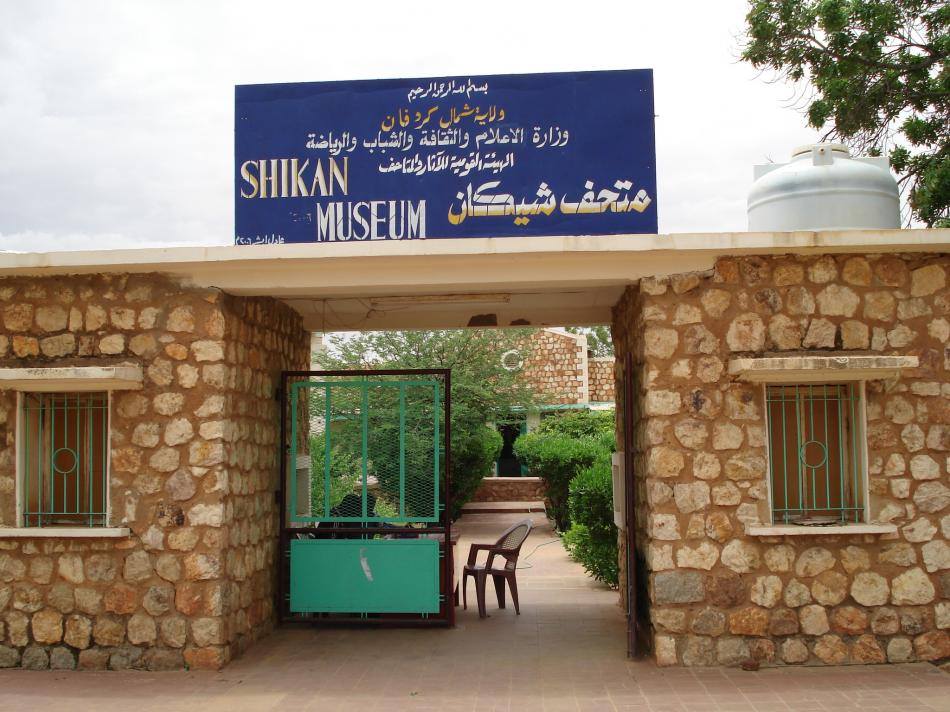
8. Sheikan Museum
This museum was built in Al-Obeid town in Kordofan and was opened in November 1965. Its name is derived from Sheikan Valley, the site of a battle between Al-Mahdi's forces and William Hicks' army in 1883. Mahdi's forces won the battle and the museum took on the name in memory of the battle. The museum reflects relics dating back to the Mahdist era, besides other archaeological works of art representing all the successive eras of Sudan. The museum further contains some ethnographical collections.
9. Sultan Ali Dinar Palace Museum in Al-Fashir
This museum was once a place of residence for the Sultan Ali Dinar as well as a government office for him. When he died, ownership of the palace was transferred to Al-Fashir governor and was then made a house for the commissioner of the province until 1971. Its ownership was subsequently transferred to the National Corporation for Antiquities and Museum which transformed it into a museum.
The museum exhibits antiquities that represent the various historical periods of Sudan, ranging from the time of the Stone Age to the era of Christianity. The museum also shows some of the materials used by the Sultan and members of his family. There are also some relics that represent the civilization of the Darfur area.
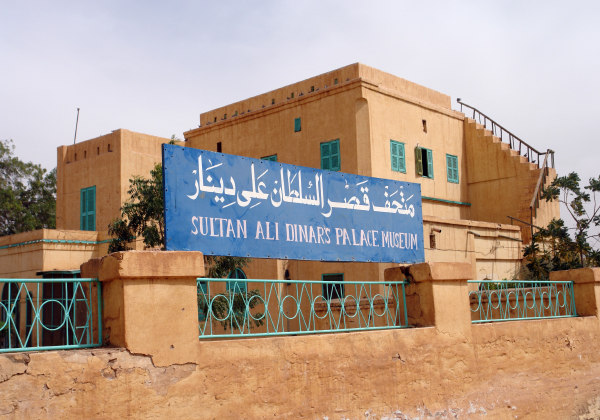
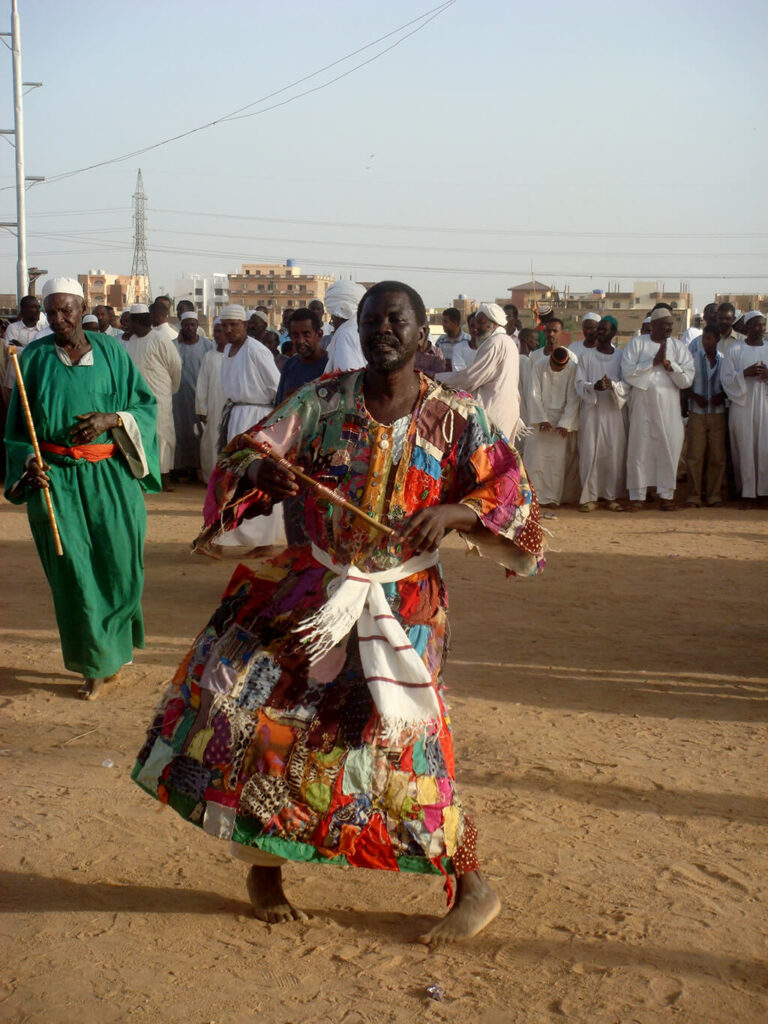
10. The Whirling Dervishes
Sudan's "whirling dervishes" are famed throughout the world for their spell-binding dances. Accompanied by rhythmic drumming, these dances allow dervishes to gradually work themselves into a trance. Dervishes are Muslim devotees.
11. Abd El Karim Merghani Cultural Center
This center was opened on the 15th of May 1998. It aims to disseminate cultural knowledge and scientific information by organizing fairs, symposiums and lectures on the arts, folklore and culture in general. The center is equipped with a big, bilingual (Arabic - English) library with a child's section, and also an audio-visual library.
